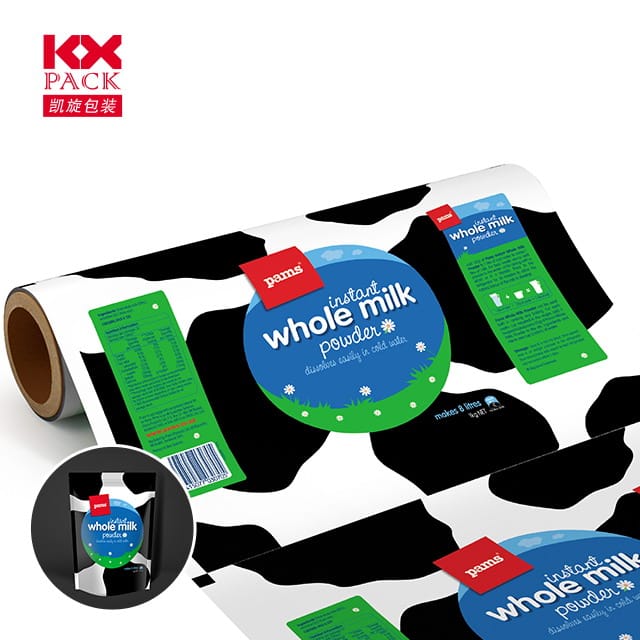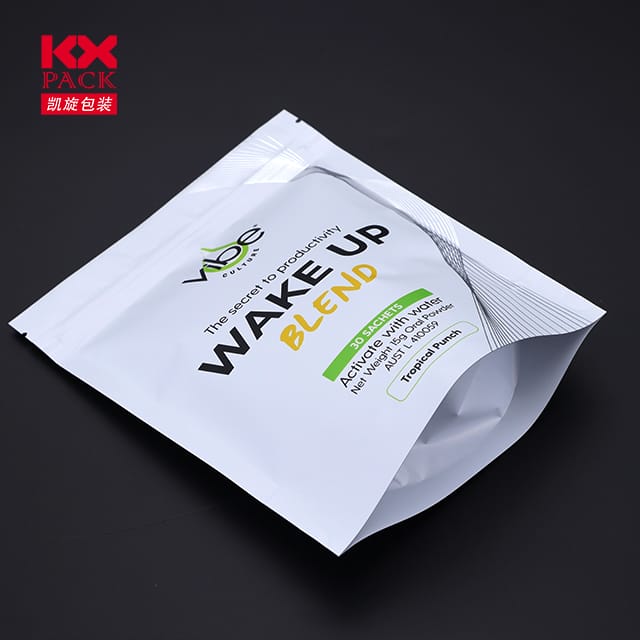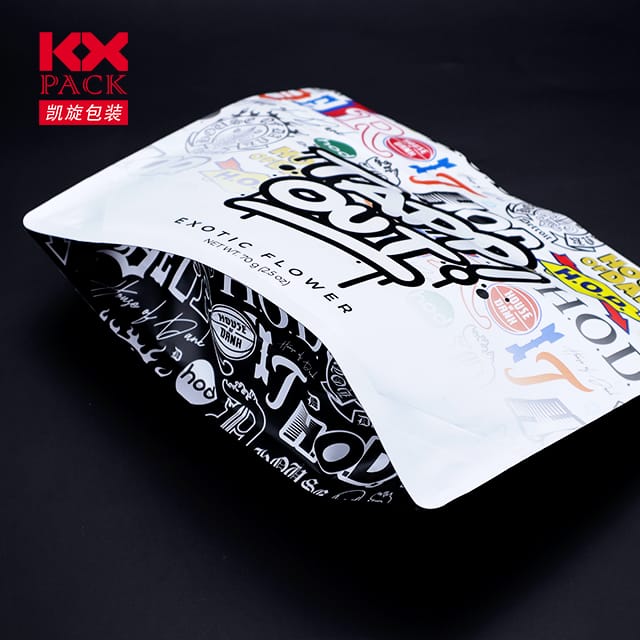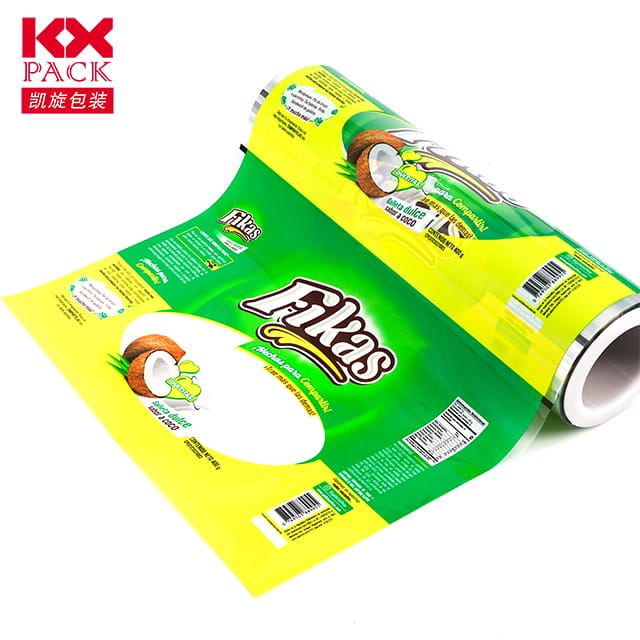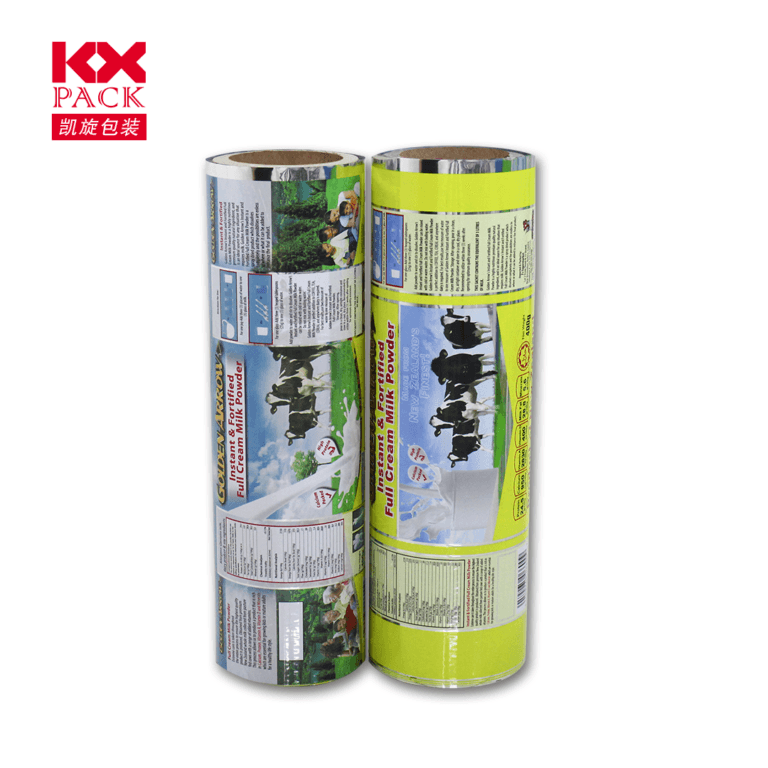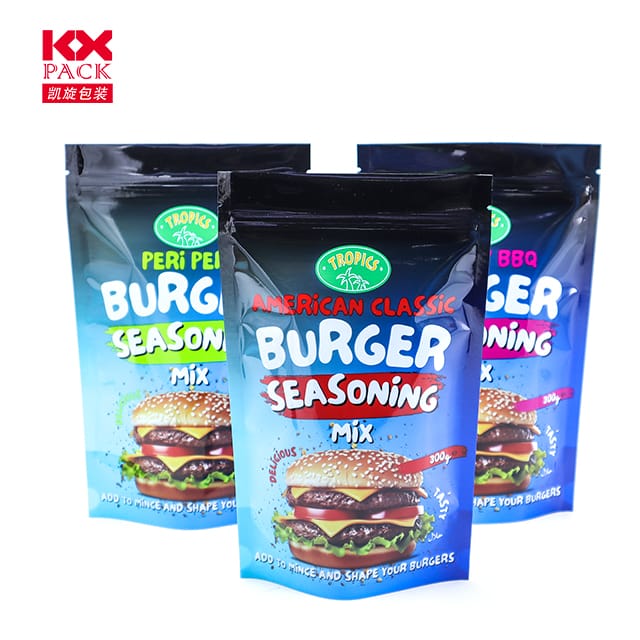探索电影塑料的进化和创新: 全面的概述(2)
膜塑料
期限 “膜塑料” 指薄的多功能类别, 来自聚合物的柔性材料, 在行业中扮演关键角色. 从包装解决方案到高级技术应用, 电影塑料改变了现代制造业和消费者习惯. 这个博客深入研究了它们的意义, 最近的创新, 和未来趋势.
1. 基础: Types and Applications
Film plastics encompass a range of materials, 包括聚乙烯 (体育), 聚丙烯 (聚丙烯), 聚酯纤维 (宠物), and biodegradable polymers like PLA. 他们的轻量级, 耐用的, and cost-effective properties make them indispensable in:
- 打包: Food-grade films extend shelf life, while industrial films protect goods during transit.
- 农业: Mulching films improve crop yields by retaining soil moisture.
- 电子产品: Conductive and insulating films enable high-performance circuit boards.
- 医疗设备: Sterile packaging and implantable materials rely on biocompatible films.
2. Market Dynamics and Growth
The global film plastic market is experiencing steady expansion, 由:
- Rising Demand: The packaging sector, particularly in emerging economies, fuels consumption.
- 技术进步: Innovations like nanotechnology and multi-layer coextrusion enhance film functionality.
- 可持续性倡议: Regulatory pressures and consumer demand push for biodegradable and recyclable films.
根据行业报告, the market size was valued at approximately美元 787 十亿 2022 and is projected to reach美元 963.7 十亿 2029, 复合年增长率为 2.9%. Key players include China, the U.S., and Europe, where industries are rapidly adopting eco-friendly alternatives.
3. 创新塑造未来
3.1 Functional Films for Specialized Needs
- Antifog and Antistatic Films: These prevent condensation and static buildup, critical for electronics and food packaging.
- 高阻隔薄膜: Used in food and pharmaceutical packaging, they extend product shelf life by blocking oxygen and moisture.
- 智能电影: Incorporating RFID tags, 温度传感器, or QR codes, these films enhance traceability and consumer engagement.
3.2 可持续发展: 绿色势在必行
- 可生物降解的电影: 解放军 (聚乳酸) and other bio-based polymers reduce environmental impact. 例如, LVMH Group uses PLA-based films for luxury packaging.
- 回收内容: Brands like Coca-Cola and Mars are adopting 100% rPET (recycled PET) in their packaging, signaling a shift toward circular economy practices.
- 轻巧: Reducing material thickness without compromising strength—such as PepsiCo’s 10% lighter 330ml PET bottles—cuts costs and carbon footprints.
3.3 High-Performance Films for Emerging Industries
- Automotive Lightweighting: Films like PA6/12 and PPE+PA composites reduce vehicle weight, boosting fuel efficiency. BMW’s i3 and Toyota’s ISO Dynamics resin seats exemplify this trend.
- 电子产品: High-temperature-resistant films (例如。, PEEK, PPS) enable safer, faster-charging EV batteries.
- Medical Innovations: Biocompatible films for drug packaging and implants, such as Astellas’ bio-based blister packs, improve patient safety.
4. 挑战和机遇
尽管进展, 该行业面临障碍:
- Waste Management: Single-use plastics remain a concern, necessitating better recycling infrastructure.
- 监管合规性: Stringent environmental laws (例如。, EU’s single-use plastic ban) require agile adaptation.
- 费用与. 可持续发展: Biodegradable films often cost more, limiting adoption in price-sensitive markets.
然而, these challenges drive innovation. Collaborations between academia and industry, such as Amat Medical’s PLCL polymer stents, show promise in closing the gap between performance and sustainability.
5. 前面的道路
The future of film plastics hinges on:
- 先进的回收技术: Chemical recycling of mixed plastics could unlock high-value applications.
- 智能包装: Integration of IoT sensors for real-time product monitoring.
- Global Collaboration: Cross-industry partnerships to standardize sustainable practices.
结论
Film plastics are more than mere packaging materials—they are enablers of innovation, 效率, 和可持续性. 随着行业的发展, so too must these films, 平衡绩效与环境责任. The journey ahead demands creativity, 合作, and a commitment to a greener future.
What are your thoughts on the future of film plastics? Share your insights in the comments below!

